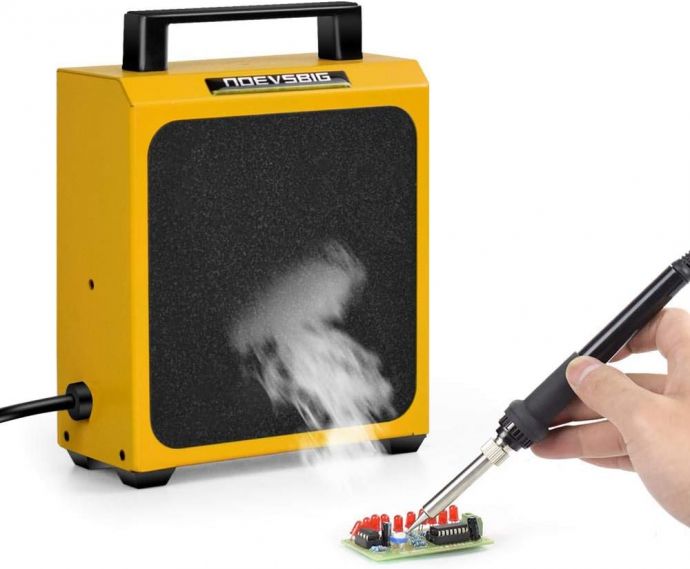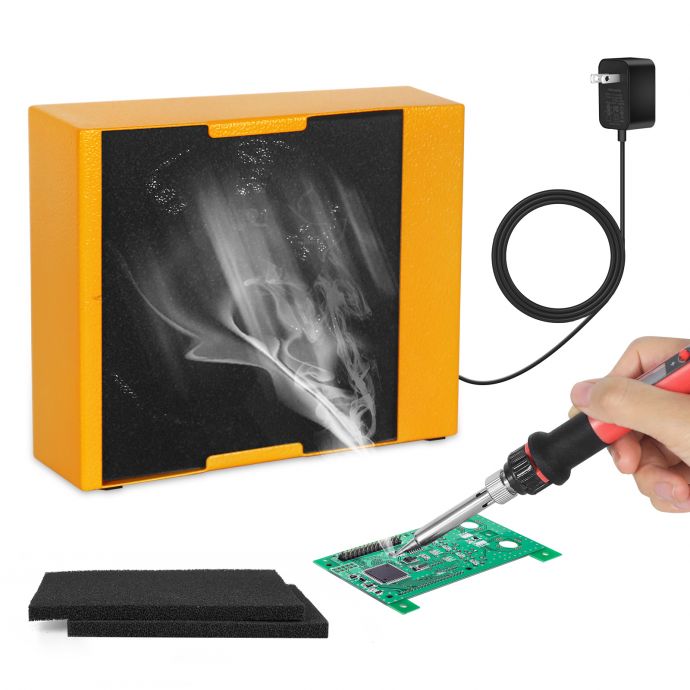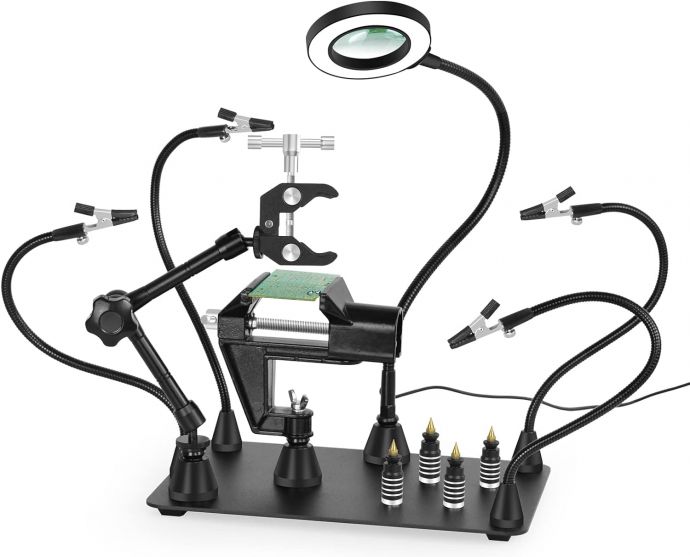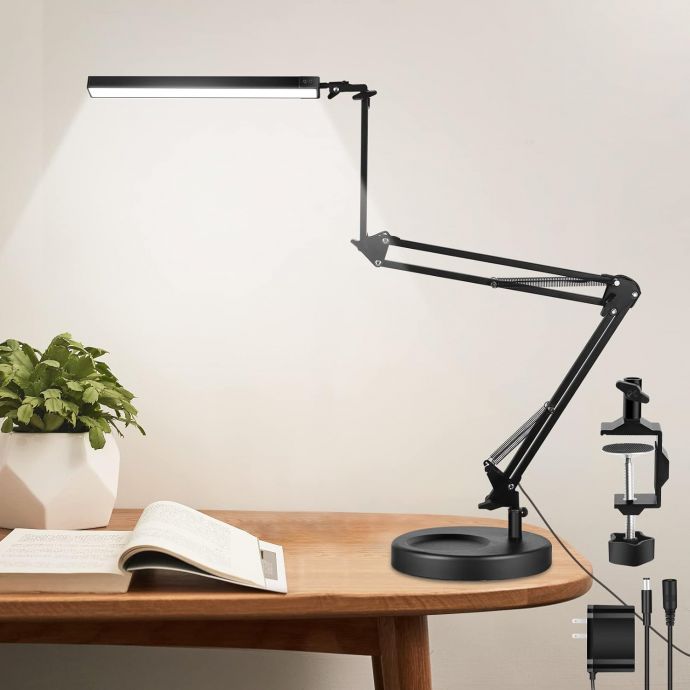In the world of electronics and DIY projects, soldering is a cornerstone skill that enthusiasts and professionals alike often utilize. While mastering the art of soldering opens doors to endless creations and repairs, it comes with its own set of challenges — particularly the hazardous fumes produced during the process. These fumes, often laden with harmful chemicals, can pose significant health risks if not managed properly. Enter the DIY 6.7 Solder Fume Extractor — an indispensable tool designed to create a smoke-free environment, ultimately optimizing your soldering work and safeguarding your health.
### Understanding the Need for a Solder Fume Extractor

Solder fumes primarily consist of rosin, a substance derived from pine trees and used extensively in solder flux. When heated during the soldering process, rosin evaporates into various volatile organic compounds (VOCs), which can irritate the eyes, nose, and throat, and over prolonged exposure, can affect the lungs and respiratory health. Inadequate ventilation or lack of protective measures can exacerbate these effects, making it crucial for any avid DIYer or professional to consider utilizing a fume extractor.
A fume extractor serves as a dedicated ventilation system, specifically designed to capture and filter hazardous fumes directly at the source. By ensuring a cleaner breathing environment, it not only protects your health but also enhances your focus and efficiency, allowing for precise and uninterrupted soldering work.
### The Anatomy of the 6.7 Solder Fume Extractor

The DIY 6.7 Solder Fume Extractor combines effectiveness with efficiency, making it an essential addition to any workstation. Here’s a breakdown of its core components and what makes it an ultimate choice for solder fume extraction:
1. **High-Quality Fan**: At the heart of the fume extractor is a robust, high-quality fan engineered for optimal airflow. Its design ensures that fumes are swiftly pulled away from the work area, minimizing exposure.
2. **Charcoal Filters**: Equipped with activated charcoal filters, the extractor efficiently absorbs VOCs and other hazardous particles. These filters are designed to be easily replaceable and ensure long-term use without a decline in performance.

3. **Adjustable Arms**: With flexible, adjustable arms, the extractor can be positioned precisely over the soldering area. This versatility ensures that fumes are captured directly at the source, enhancing the system’s effectiveness.
4. **Compact Design**: The 6.7 Extractor is compact and designed for space efficiency. Its unobtrusive footprint ensures that it fits seamlessly into any workbench setup without sacrificing valuable workspace.
5. **Energy Efficiency**: Keeping sustainability in mind, the fume extractor is built to operate with minimal energy consumption, ensuring environmentally friendly operation without compromising on power.

### Step-by-Step Guide to Building Your Fume Extractor
Embarking on the journey to build your own 6.7 Solder Fume Extractor not only saves costs but also offers customization to suit specific needs. Here’s how to craft your own:
#### Materials Needed:

- A 120mm high-velocity computer fan
- Activated charcoal filter sheets
- PVC pipes or flexible ducting for arms
- A power supply (12V DC adapter)
- Basic tools: screwdriver, wire cutters, and possibly a soldering iron

#### Construction Steps:
1. **Prepare the Base**: Begin by constructing a stable base to support the fan. This can be a wooden or plastic platform where the fan and filter can be mounted securely.
2. **Mount the Fan**: Secure the 120mm fan onto the base. Make sure the airflow direction is properly aligned to suck in the fumes through the filters.

3. **Attach the Filter**: Cut the charcoal filter sheet to fit over the fan. Secure it in place using clips or a housing unit that allows easy replacement.
4. **Install the Adjustable Arms**: Use PVC pipes or flexible ducting to create adjustable arms. These should be able to hold their position over the soldering station and direct fumes to the fan.
5. **Connect the Power Supply**: Use a 12V DC adapter to power the fan. Ensure all electrical connections are secure and insulated to prevent short circuits.
6. **Test and Adjust**: Once assembled, turn on the fume extractor and test its efficiency. Adjust the position of the arms to maximize extraction.
### Enhancing Soldering Efficiency
With your DIY 6.7 Solder Fume Extractor in place, you’ll notice immediate improvements in your soldering environment. Here are some tips to further enhance your soldering efficiency:
1. **Workstation Layout**: Organize your tools and components for easy access. A clutter-free workstation allows for more effective fume extraction and improved workflow.
2. **Ventilation**: Even with a fume extractor, ensure that your workspace is well-ventilated. Open windows or use additional fans to circulate air.
3. **Maintenance Routine**: Regularly check and replace charcoal filters to ensure maximum extractor efficiency. Over time, filters become saturated and lose their absorbent capabilities.
4. **Safety Gear**: While fume extractors significantly reduce exposure, using personal protective equipment (PPE) like masks and safety glasses adds an extra layer of protection.
5. **Perfecting Technique**: Work on refining your soldering technique to minimize the production of fumes. This includes using the correct soldering temperature and keeping your soldering iron clean.
### Conclusion
The DIY 6.7 Solder Fume Extractor is more than just a simple tool; it’s a gateway to healthier, more efficient, and superior soldering practices. By crafting your own extractor, you gain not just functionality, but also insight and understanding of the principles of safe soldering environments. In doing so, you transform your workspace into a haven of creativity and innovation, free from the constraints of harmful solder fumes. Whether you’re a hobbyist perfecting your skills or a professional tackling complex projects, the 6.7 Extractor is an essential companion on your journey to soldering excellence.









